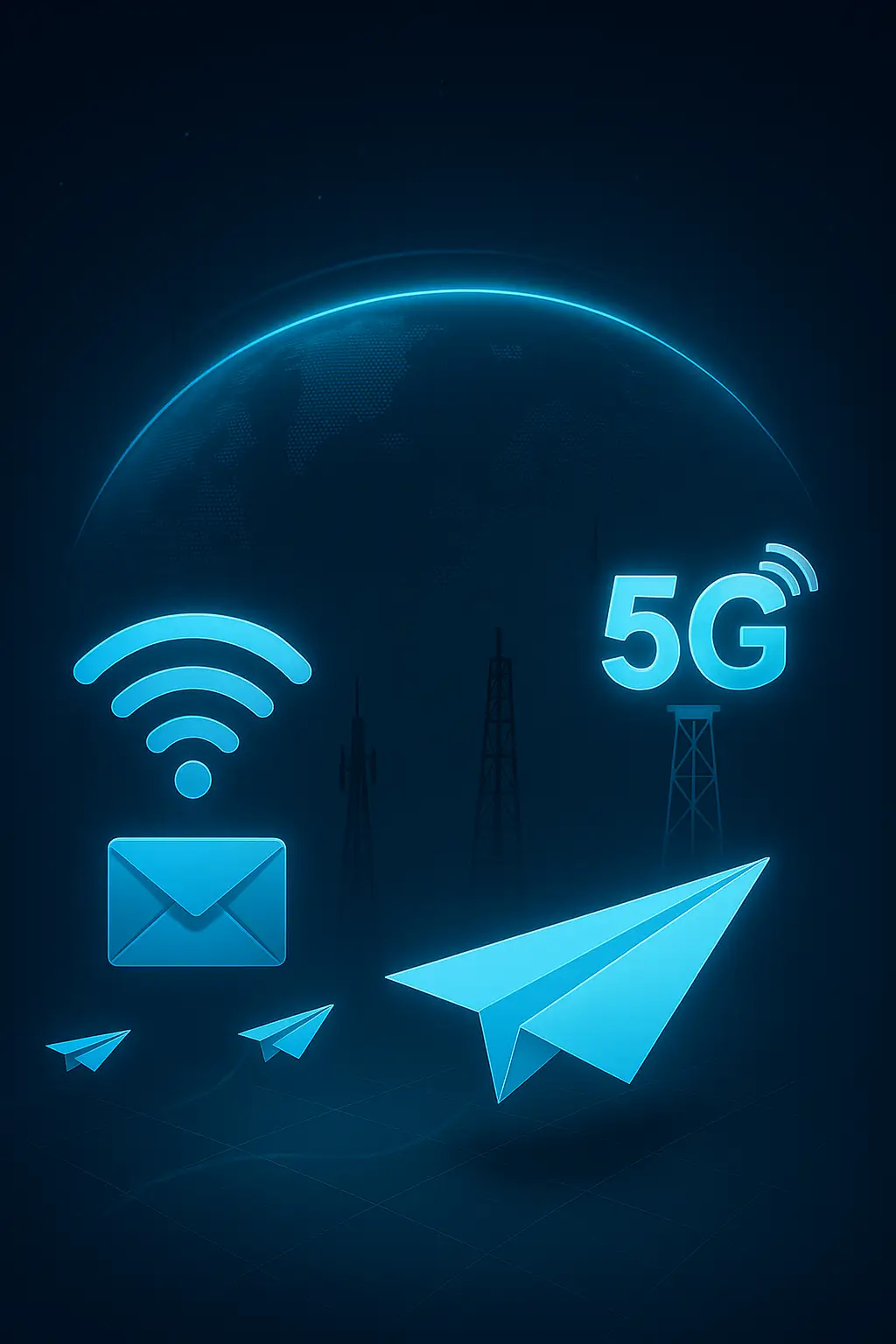5G technology continues to transform mobile connectivity. For telecom professionals, understanding which consumer devices support 5G—especially market leaders like iPhones—is essential for accurate network planning, optimization, and forecasting device behavior across diverse user bases.
📱 Recommended 5G iPhones on Amazon
If you’re considering an upgrade from your 4G-only iPhone X, here’s a great 5G-compatible iPhone available on Amazon:
👉 Check this 5G iPhone on Amazon
🔍 Why Device Compatibility Matters
Whether you’re a mobile network engineer, infrastructure planner, or spectrum strategist, you need clear visibility into which iPhones are 5G-ready. These insights directly impact:
-
Radio planning and spectrum allocation
-
Performance testing in real-world mixed environments
-
Deployment priorities and ROI analysis
✅ iPhone Models That Support 5G (Updated July 2025)
| iPhone Model | 5G Support | Technical Highlights |
|---|---|---|
| iPhone 15 Series (Pro/Pro Max/Plus) | ✅ Yes | mmWave & sub-6GHz, 4×4 MIMO, Carrier Aggregation, improved power efficiency |
| iPhone 14 Series | ✅ Yes | mmWave & sub-6GHz, 4×4 MIMO, Dual SIM (nano + eSIM) |
| iPhone SE (2022) | ✅ Yes | Sub-6GHz only, 2×2 MIMO |
| iPhone 13 Series | ✅ Yes | mmWave & sub-6GHz, 4×4 MIMO |
| iPhone 12 Series | ✅ Yes | First Apple devices with 5G, mmWave & sub-6GHz |
| iPhone 11 and older | ❌ No | LTE only (Cat 16 or lower) |
Note: mmWave support varies by region—especially limited outside the U.S.
⚙️ Network Impact of iPhone 5G Evolution
Apple’s 5G rollout—from the iPhone 12 to the latest iPhone 15—wasn’t just a consumer upgrade; it shifted how operators deployed infrastructure. With iPhones dominating smartphone market share globally, these releases influenced:
-
eNodeB/gNodeB deployment density
-
VoNR and IMS service prioritization
-
NSA to SA migration timelines
📡 Technical Deep Dive: iPhone 12–15 Series
iPhone 12/13/14/15:
-
Support both mmWave and Sub-6GHz (U.S. and select regions)
-
4×4 MIMO on major bands
-
Theoretical speeds up to 4 Gbps
-
Dynamic Spectrum Sharing (DSS) support
iPhone SE (3rd Gen):
-
Sub-6GHz only
-
2×2 MIMO
-
Cost-effective for enterprise and industrial 5G applications where mmWave isn’t a requirement
🏗️ Key Considerations for Network Planners
1. Mixed Device Environments
Operators must support both legacy LTE and advanced 5G devices simultaneously. This requires:
2. Spectrum Prioritization
Devices with mmWave support influence:
-
Beamforming strategies
-
Indoor/outdoor propagation modeling
-
Site placement for ultra-dense urban networks
3. Infrastructure Planning
Massive MIMO, carrier aggregation, and network slicing require compatibility tracking across the installed device base—especially when supporting features like:
📊 iPhone 5G Compatibility Table (Quick Reference)
| Model | Sub-6GHz | mmWave | MIMO | Carrier Aggregation | SA Support |
|---|---|---|---|---|---|
| iPhone 15 | ✅ | ✅ | 4×4 | ✅ | ✅ |
| iPhone 14 | ✅ | ✅ | 4×4 | ✅ | ✅ |
| iPhone 13 | ✅ | ✅ | 4×4 | ✅ | ✅ |
| iPhone 12 | ✅ | ✅ | 4×4 | ✅ | ✅ |
| iPhone SE (2022) | ✅ | ❌ | 2×2 | ✅ | ✅ |
| iPhone 11 & earlier | ❌ | ❌ | LTE only | ❌ | ❌ |
📉 Why Apple’s Timeline Shaped the Industry
-
Delayed entry into 5G (2020) forced many MNOs to wait on network monetization
-
Apple’s global scale influenced mmWave adoption rates
-
Supply chain decisions (e.g. Qualcomm modem dispute) created ripple effects across the ecosystem
🎓 Recommended Training for Professionals
To master device-driven network design, explore our expert-led programs:
✅ 5G Network Planning Certification
-
Understand device behaviors across 4G/5G transitions
-
Master cell site dimensioning for real-world devices
-
Learn hybrid DSS/LTE coexistence strategies
✅ 5G Advanced Implementation Course
-
Advanced MIMO and CA strategies
-
Network slicing based on device class
-
RedCap and IoT device considerations
🧠 Final Thoughts: It’s More Than Just a List
Knowing which iPhones support 5G is just the start. For telecom professionals, what matters most is how these devices behave within your RAN, core, and transport layers. Device behavior impacts latency, throughput, signaling, and ultimately, user experience.
Stay ahead of the curve by staying informed—and trained.
Benefit from Massive discount on our 5G Training with 5WorldPro.com
Start your 5G journey and obtain 5G certification
contact us: contact@5GWorldPro.com


